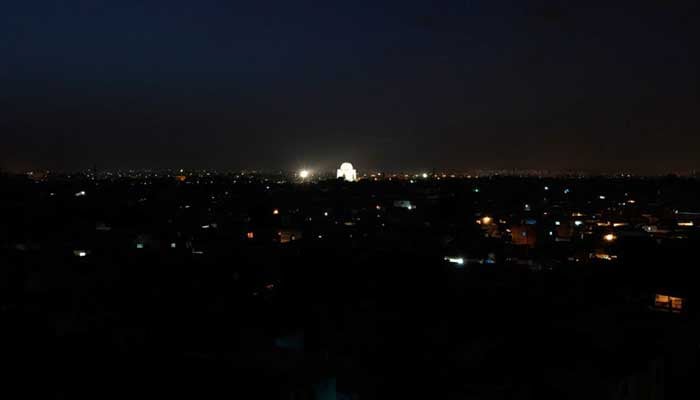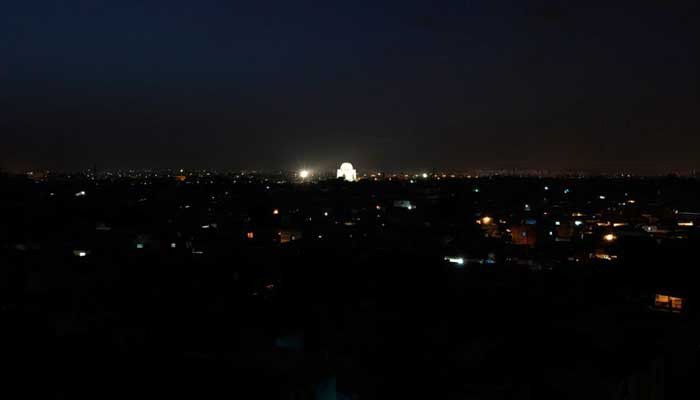[ad_1]

Southern parts of Pakistan, mainly Sindh, Punjab and Balochistan, were left without power after a fault was detected in the national grid’s southern transmission system last week on October 13.
It took the authorities several hours to restore the transmission system across Pakistan and the electricity supply returned to normal almost 24 hours later.
Following this, the National Transmission and Despatch Company (NTDC) formed a committee to probe the reasons behind the “partial blackout”.
A four-member committee was formed with NDTC’s General Manager (Technical) Lahore Muhammad Mustafa as its convener, while General, Manager (AM) North Lahore Anwar Ahmed Khan, Chief Engineer (TSG) North Lahore Muhammad Ijaz Khan, and Chief Engineer (OP) NPCC Islamabad Muhammad Zakaria Member were its members.
A handout from the Power Division Wednesday said that the NTDC’s committee has determined the reasons behind the blackout and the Ministry of Energy is taking immediate disciplinary action in light of the report.
The statement mentioned the following reasons:
- The first reason for the blackout is the nondurable and sub-standard work done on Tower No 26 of Karachi’s nuclear power plants K-2 and K-three three years ago — in 2019.
- The failure of the delivery system calls into question the quality of the equipment used in 2019 and the efficiency of the workers. The connectors used on it were not made for the transmission line but were modified and used for this temporary interconnection.
- The project team used 25-year-old dilapidated conductors in 2019 at Tower No. 26, 26-A and 27.
- In 2019, despite the sensitivity of nuclear power plants, it was not regularly repaired and maintained as per the prescribed standards.
[ad_2]

